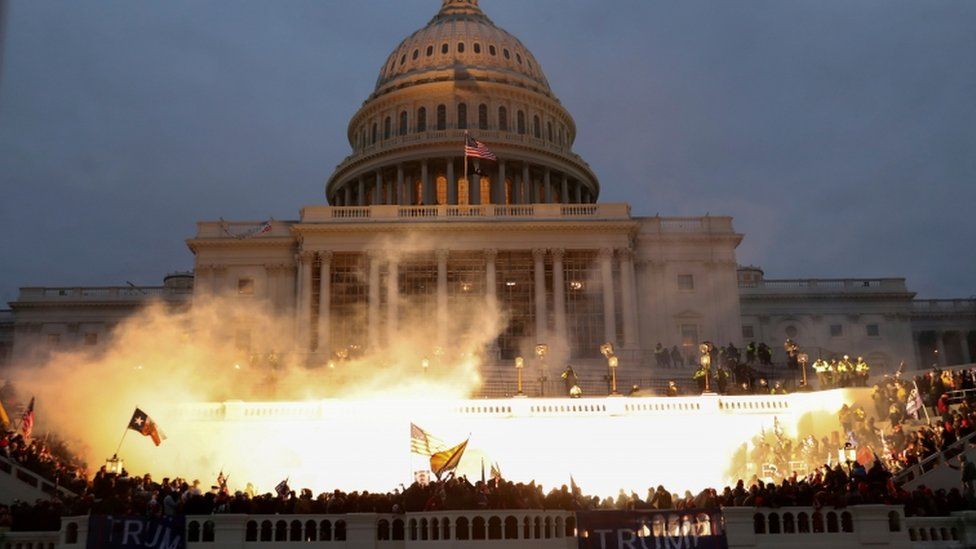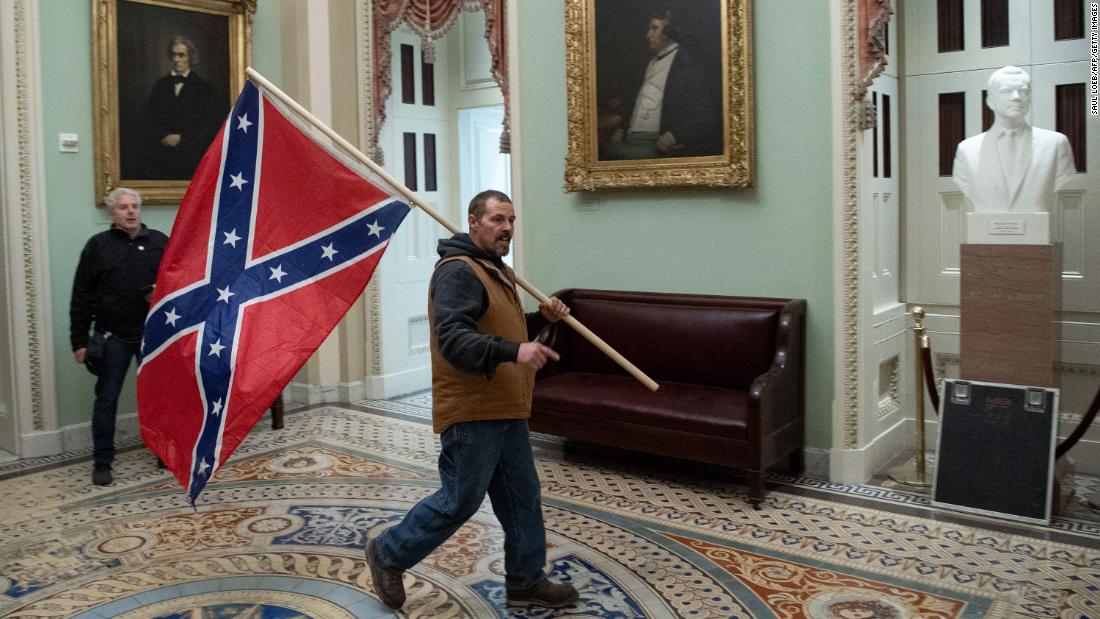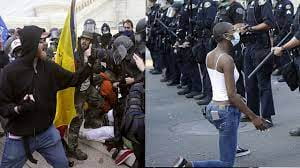Yo, is this White Privilege?
By Andrew Johnson-Milstein
This year, one of the biggest topics attracting the most attention (besides the worldwide pandemic) is systemic injustices. In early 2020, we saw the Black Lives Matter movement take center stage after the killing of George Floyd in Minneapolis. Just recently, we have been seeing a multitude of senseless hate crimes on Asian-Americans. In between those, there were more than a slough of other instances of injustice involving these groups and beyond. Yes, a large part of the reason that systemic injustices exist is due to various laws and situations that have made it more difficult to thrive for certain groups of people. However, the big part that sticks out above the rest, the reason why these issues seem so insurmountable, the frustration caused by seemingly little change, is that systemic injustices are rooted in culture.
Think about American culture; what comes to mind? Patriotism, freedom, protectors of world peace, “the American Dream”? Of course. This is what America stands for- on the surface. The year 2020 was a bit of a wake up call in terms of what America is really all about. From an outside and unbiased perspective, what America stands for when looking at this past year could very well look like racism, arrogance, abuse of power, and injustice.

(source: BBC https://www.bbc.com/news/world-us-canada-55585546)
Over the course of this semester, I was able to compose several “Diaries of Systemic Injustices.” I wrote on various topics that I encountered throughout the weeks either in the news or in my daily life. I wanted to expand on one of these discussions, so I thought back to which one truly struck me the strongest. The pick was easy.
On January 6, 2021 rioters seized and broke into the U.S. Capitol in protest of the final count of the 2020 election’s electoral votes to nominate Joe Biden as the nation’s 46th President. Not only was this a riot or a protest, one of the most precious buildings in not only Washington, D.C. but America was broken into and vandalized for hours. Senators and Representatives were forced to take cover and hide from the attack on one of the pillars of American representative democracy, the final electoral college of the presidential election ballots. The riot was frightening, destructive, and deadly going into the night.
The investigation and aftermath of the Capitol riot is still ongoing, and it was definitely a wake up call for America. However, I am not writing to discuss the event in and of itself, nor the continuing investigation occuring after the fact. However, I am here to discuss what the storming represented- outside of the fact that there is a large group of extremists prepared to do anything to make their case.
As a white male, I will easily admit that I most likely will never feel as oppressed and unheard as other groups in this country. Additionally, from what I have seen, it is somewhat easy to not realize how bad systemic injustice is in America sometimes. We no nothing different than seeing African Americans continue to be oppressed and forced to watch while nothing is done to fix the broken, unjust system. However, especially after the Black Lives Matter movement took center stage less than a year before this riot, it is nearly impossible not to see truly how massive of an issue we have on our hands.
The question that we have seen asked a good number of times went along the lines of this: What if the rioters were a group of mostly black people? This has not been talked about nearly enough. I will admit, I am not a fan of hypotheticals. However, this is very real and something that is impossible to ignore, unless you are actively trying to ignore it. The crowd was convincingly not black, as it was filled with predominantly white people carrying pro-Donald Trump flags and associated extremist phrases and organizations. These people walked up to and through the Capitol building like it was their right, and insulted the government and law enforcement like it was their privilege.
(source: abc7news https://abc7news.com/capitol-during-blm-riots-protest-protests/9449062/ )
Looking at some statistics (taking into account that the numbers do not perfectly line up) from an Associated Press article following the attacks, one can see some eye opening figures. The article reads,
“Black Lives Matter protests, 2020: Overwhelming force from law enforcement in dozens of cities. Chemical dispersants. Rubber bullets and hand-to-hand combat with largely peaceful crowds and some unruly vandals and looters. More than 14,000 arrests.
The U.S. Capitol, Jan. 6, 2021: Barely more than a few dozen arrests. Several weapons seized, improvised explosive devices found. Members of a wilding mob escorted from the premises, some not even in handcuffs,” (Morrison).
Statistical bias is important and should be taken into account all the time. Thus, pitting multiple events occurring throughout months versus one day is skewed. However, this is not the point of these analyses. Black Lives Matters protestors were for the most part peacefully standing up for years of systemic injustice by marching and chanting down city streets. The Capitol rioters, however, raided and vandalized one of the most important and guarded buildings in the country and quite possibly the world for what- the election results? Freedom?
(source: AP https://apnews.com/article/congress-storming-black-lives-matter-22983dc91d16bf949efbb60cdda4495d )
The image above from the aforementioned Associated Press article displays the protest after the death of George Floyd directly next to the riot by Trump supporters at the U.S. Capitol building. The left image shouts peace and desire for change, while the right screams violence and disregard.
Let us revisit the discussion on racism being rooted in our culture. Both the statistics in terms of arrests and the comparison of the photographs above demonstrate how white privilege affects situations. In neither example was there a coordinated effort to address the protests. The events caught the system off its guard, one could say. This, in turn allowed deeply rooted and systemic injustice to rear its ugly head.
On the topic, St. Louis Representative Cori Bush weighed in on the events occurring at the Capitol and agreed that if the crowd had been black instead of vastly white, things would have turned out much worse for the rioters. Additionally, she said “‘These are the same people who called us terrorists…Confederate flags, ‘don’t tread on me,’ ‘blue lives matter’ flags, the Trump flags — all of it symbolizes the same thing…racism and white supremacy,’” (Bush qtd. In Morrison). To add on to how incredibly broken the system is, the groups of people that attacked the nation’s capital’s beliefs are widely known. This is my reason for writing on this topic. I believe that never in recent history has it ever been more black and white how used to America’s racist culture we have become.
Throughout this semester, we have looked as a class at different perspectives and philosophies, many pointing to injustices over time. There is one philosophy by Simone de Beauvoir called “the Other.” de Beauvoir primarily focuses on sexism, and how women are “the Other sex.” Although the above discussion revolves around racism, this philosophy which has stuck out to me all semester applies here as well. I titled this discussion “Yo, is this White Privilege” because I believe that not only do we see racism way too much, but it is almost inherent and not acted upon in America. Connecting this to de Beauvoir’s idea, in the United States, it seems as though people that are not white are treated like “the Other races.” On the surface of the Capitol attacks, the group violated many rules, laws, safety and democracy. However, they were not treated like they did, at least not until after the fact. It is almost as if the rioters felt untouchable, knew their privilege, and took advantage of it, while “the Others” looked on and imagined what the scene would have looked like if it were them.

(source: CNN https://www.cnn.com/2021/01/17/us/capitol-riot-racial-justice-blake/index.html )
This conversation is not light, nor fun, yet it is important. After first writing on this event and what it shows about racism and our nation, I referenced Dr. Martin Luther King Jr. and tried to reflect on where we have come since he made his famous “I Have a Dream” speech. In terms of laws, norms, and business we have come a long way in the fight to end racism. However, deeply ingrained in American society still is white privilege. The roots of the same issues that Dr. King was standing for have not gone away almost 60 years later. Once again, on the surface things are better, yet this issue is one that has disturbed the core of America for decades upon decades. Take the above image for example; I think Dr. King would not have imagined a confederate flag being flown in the nation’s capital in 2021. How exactly do we end it? I, as most, do not have a concrete answer. However, I believe that if we all make a genuine effort to at least educate ourselves and understand ourselves and others, we can take a step in the right direction.
________________________________________________________________________________________
Works Cited/Works Used
Blake, Analysis by John. “The Capitol Insurrection Could Be a Bigger Racial Reckoning than the George Floyd Protests.” CNN, Cable News Network, 17 Jan. 2021, www.cnn.com/2021/01/17/us/capitol-riot-racial-justice-blake/index.html.
Marcus, Jonathan. “Viewpoint: What the Capitol Riot Means for US Foreign Policy.” BBC News, BBC, 10 Jan. 2021, www.bbc.com/news/world-us-canada-55585546.
Morrison, Aaron. “Race Double Standard Clear in Rioters’ Capitol Insurrection.” AP NEWS, Associated Press, 7 Jan. 2021, apnews.com/article/congress-storming-black-lives-matter-22983dc91d16bf949efbb60cdda4495d.
Reyes, Kris. “’We Would All Be Dead’: Bay Area BLM Organizers Point to Race Double Standard in Capitol Riot.” ABC7 San Francisco, KGO-TV, 8 Jan. 2021, abc7news.com/capitol-during-blm-riots-protest-protests/9449062/.

